Estimated Read Time: 6 minutes
It doesn’t matter if your fish tank is fresh or salty, big or small, new or old: Algae will grow inside.
Algae control is an ongoing responsibility that requires time, attention, and expertise.
Take it from us; we’ve been cleaning aquariums in businesses for almost 15 years.
Whether you’re a professional with a messy office tank or an aquarist refining your setup, knowing how to control algae in a fish tank is essential.
So let’s dive in.
What Causes Algae in a Fish Tank?
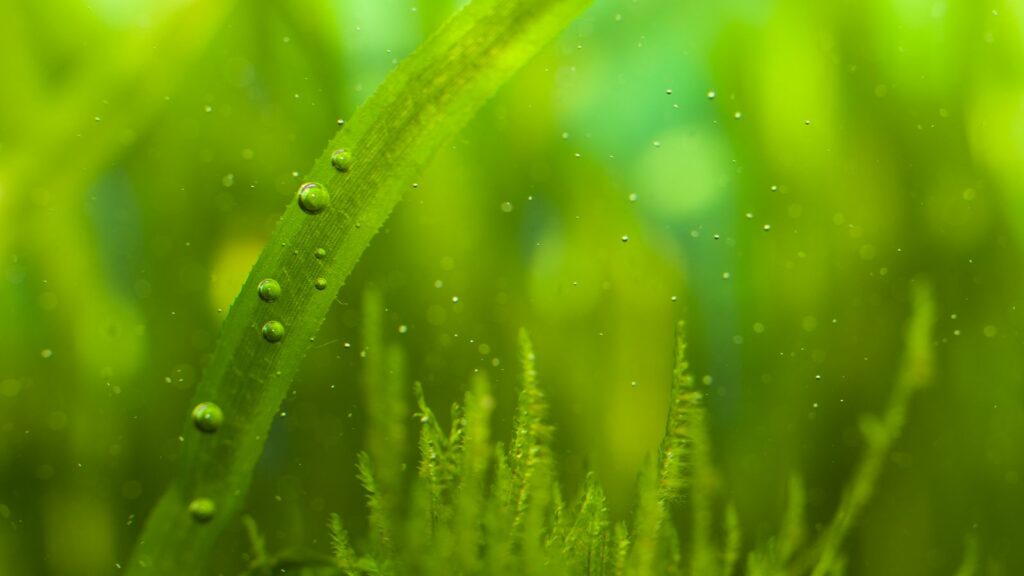
Algae are like the typical plant; they flourish in environments with lots of water, nutrients, and light.
These are abundant in a fish tank, so algae grow naturally, and sometimes very quickly.
Why Do I Need to Remove Algae?
A natural process occurs in a fish tank to maintain livable water conditions.
This process eliminates harmful bacteria, but it also causes algae growth.
So, surprisingly, a small amount of algae signifies a healthy tank, but it will need to be removed eventually.
This algae-producing process is called the Nitrogen Cycle.
The Nitrogen Cycle
The Nitrogen Cycle is a natural process that uses ‘beneficial bacteria’ to oxidize ‘harmful bacteria’ in the water. In other words, harmful bacteria become progressively less toxic.
Here’s a brief overview of the cycle:
- Fish waste and decaying material create ammonia (very toxic)
- Nitrosomonas oxidize ammonia and produce nitrites (less toxic, but still lethal)
- Nitrobacter oxidize nitrites, produce nitrates, and create algae (much less toxic)
- Algae will continue to grow until we change the water and reset the cycle
So, while algae growth is the only visible stage of this cycle, it’s actually the least toxic.
Small amounts of algae are nothing to worry about because it is a sign that your tank is cycling through.
However, long-term exposure can hurt your fish so regular cleaning is important.
Can Algae Kill Fish?
Small amounts of algae are generally not harmful to fish, but when there’s an algae bloom, problems start to arise:
- The pH Level Increases: This chemical imbalance can leave chemical burns on your fish, damaging their protective slime coats that deflect bacteria and parasites.
- Fluctuating Oxygen Levels: Algae produce oxygen when exposed to light, but consume it when the lights are off. So when algae are maintained, O2 levels remain stable, but during a bloom, they can strip the water of enough oxygen to suffocate your fish.
How To Stop Algae in a Fish Tank
Sorry to disappoint… You really can’t.
If you have fish in the tank, there will be nutrients, there will be light, and there will be algae.
But if you’re wondering, “Why is my fish tank getting dirty so fast?”, we have some answers.
Here are 7 algae-control tips from our service pros who deal with algae everyday.
7 Ways to Control Algae in a Fish Tank
1. Get The Right Size Fish
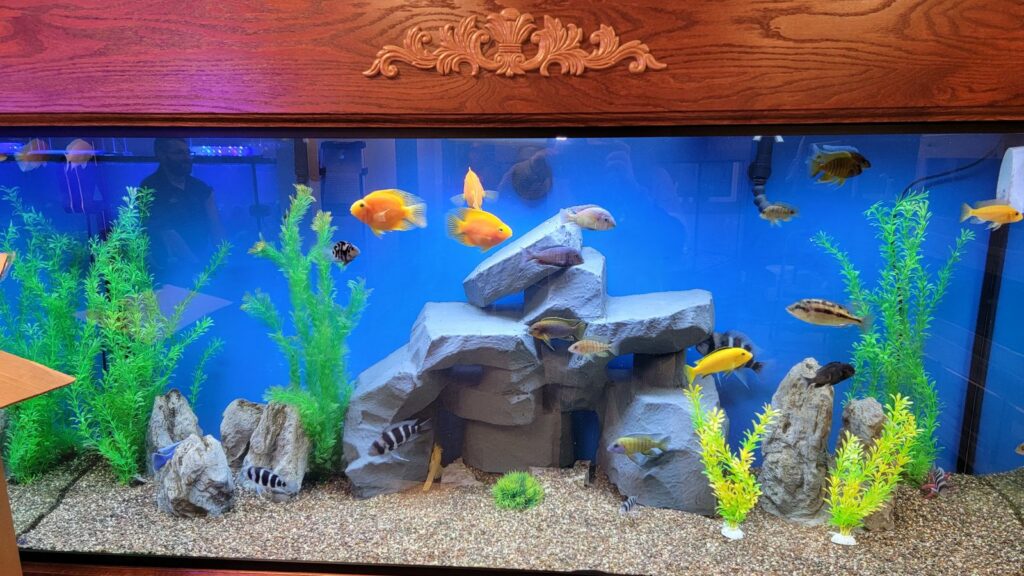
Fish are the main culprits in algae production.
Their waste, among other things, produces harmful ammonia and begins the Nitrogen Cycle.
This is unavoidable, so what can we do about it? Consider these two factors:
- The larger the fish, the more waste, leading to more bacteria and algae.
- The relationship between fish size/waste and the amount of water in the tank.
If you have big fish crammed in a small tank, there will be significant algae growth. If you have smaller fish in a spacious aquarium, there will be less waste and algae production.
2. Remember to Turn Off the Fish Tank Lights
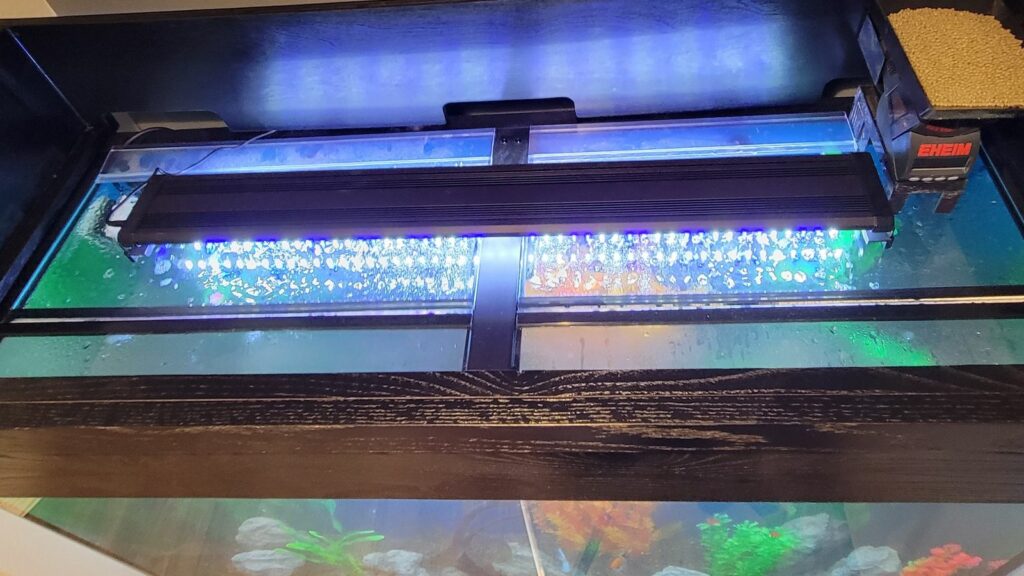
Many aquarists light up their tank through the night.
This is also common in healthcare and hospitality facilities that provide services around the clock.
The problem is, that constant light causes a lot of algae growth.
To control algae, fish tank lights should be turned on for no more than 8-10 hours per day.
This day/night schedule is also important for the fish, as turning the lights off helps them rest.
It’s best to find a light with a timer that automatically turns on and off when you specify (equipped on each Serenity Aquarium).
3. Consider Where You Place the Fish Tank

Since we’re on the subject of light, remember that direct sunlight can also create lots of algae.
We all love the sight of a fish tank glistening in the sun–Just prepare for more algae.
This doesn’t mean you must put your tank in a dark closet, either. Display it how you’d like, stay on top of algae removal, and you can sustain a healthy tank.
4. Don’t Over Feed The Fish
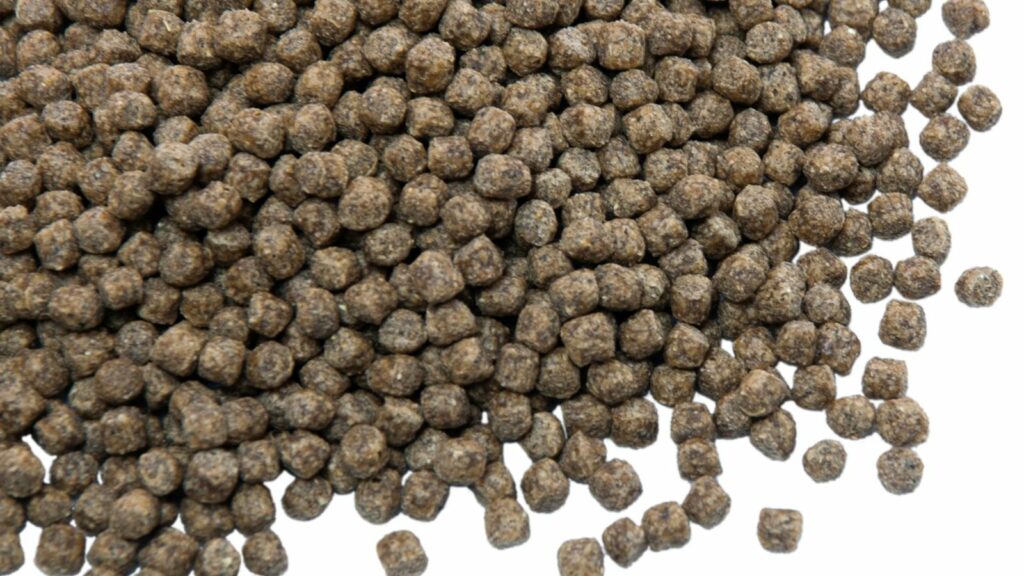
Overfeeding is also a primary cause of algae growth.
Uneaten food starts to decay, contributing to the ammonia and other bacteria in the Nitrogen Cycle.
To avoid this, watch your fish the next time you drop food in the tank.
Are they eating up all the food? Or is there a lot going uneaten?
If it’s the latter, you may want to adjust the amount of food per meal.
There are many auto fish feeders, like our Unstoppable Hopper® Auto Feeder, to make life easier. This useful tool drops in the correct amount of food at the times we specify, taking the guessing game out of feeding the fish.
5. Regularly Clean Algae off the Glass
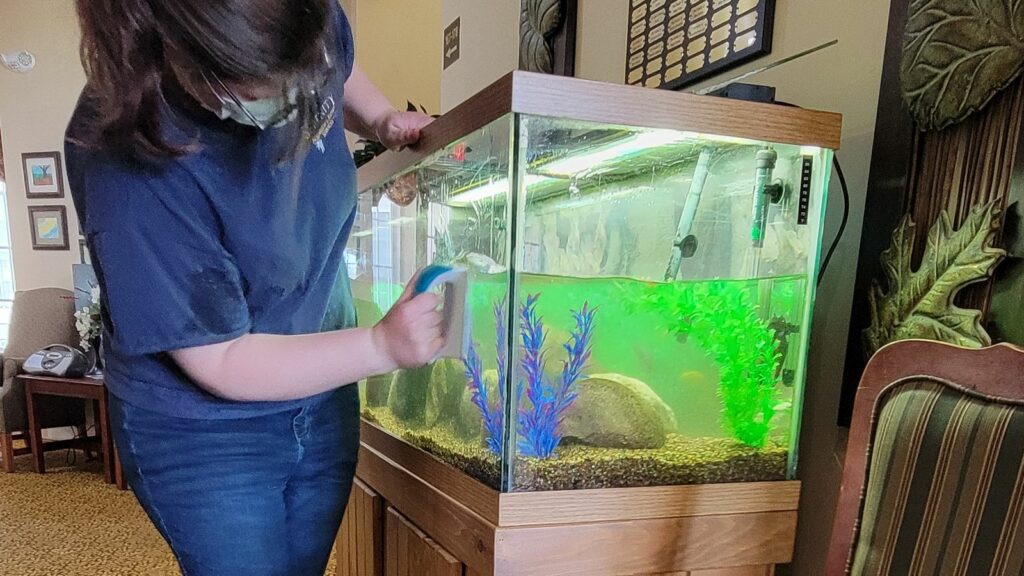
Algae will collect on the glass of your fish tank, making the water look cloudy.
For the best view, you should scrape algae off the glass a couple of times per week, or whenever you see fit.
Just remember, the longer that algae collects on the glass, the harder it will be to remove it later.
This task only takes a few minutes and you can use a magnetic scraper so you never have to get your hands wet.
6. Include Algae-Eating Fish
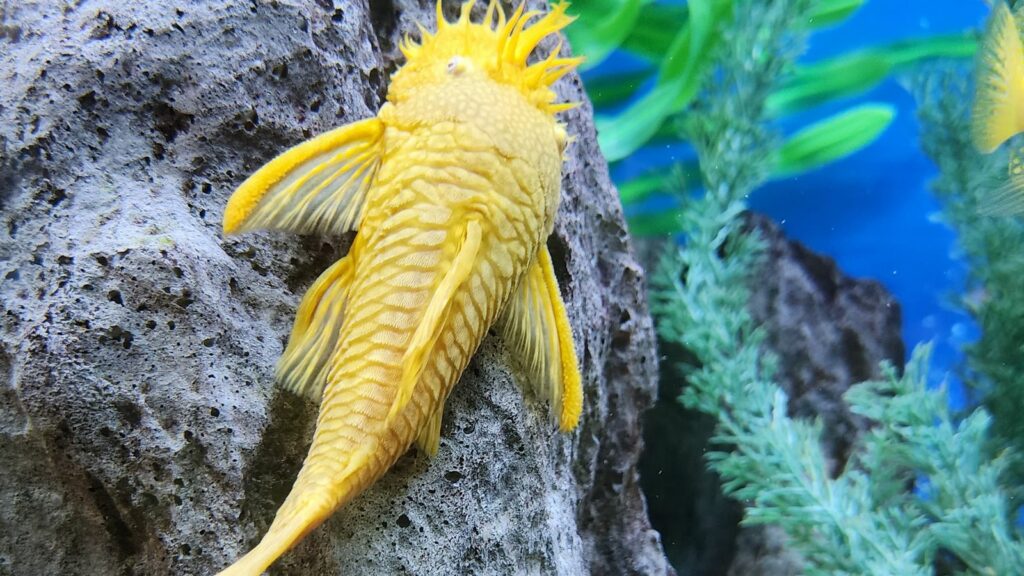
Adding algae-eating fish is a natural way to remove algae from a tank.
These fish actively graze on the glass and decor around the tank, consuming algae along the way.
However, it’s important to research the specific needs and compatibility of algae-eating fish with your existing fish and plants.
Make sure that your algae-eaters get along with their tank mates and that the environment produces enough algae to sustain them.
7. Regular Water Changes
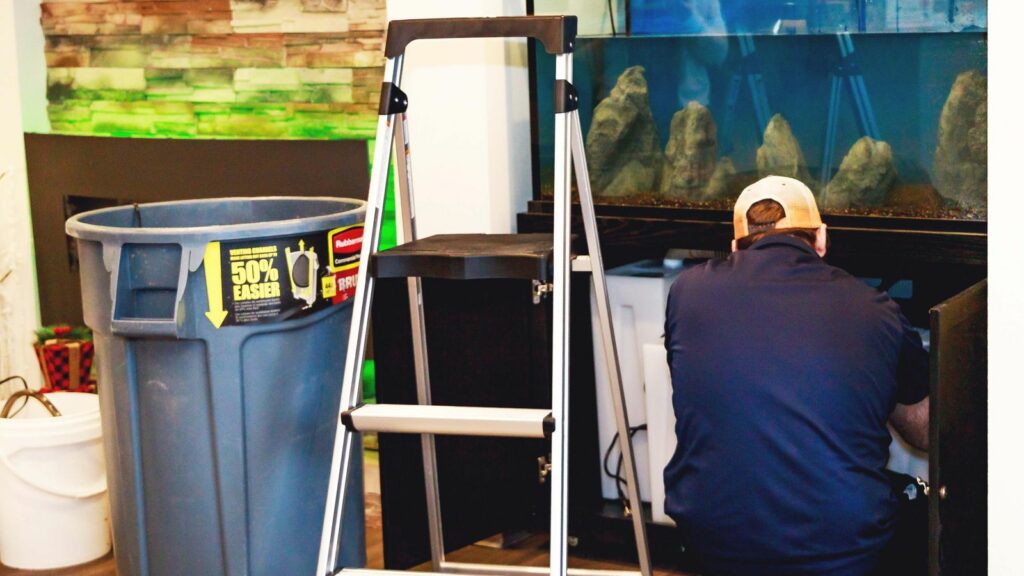
The only true way to keep algae in check is to conduct water changes.
Most personal and commercial aquariums look unhealthy because there isn’t a dedicated cleaning schedule.
Water changes consist of replacing some of the water, cleaning algae off the glass and decor, cleaning the substrate, and maintaining the filtration system.
If you’re a business owner, administrator, etc., your team probably doesn’t have time for this.
Our aquarium services ensure that your tank receives the consistent water changes it needs.
See how we handle the algae in our client’s fish tanks!
Final Thoughts
By considering factors like the size and type of fish, feeding habits, lighting, tank placement, and regular cleaning, you can take control over algae in your aquarium.
Remember, our goal isn’t to completely eradicate algae; Our goal is to keep aquariums healthier for longer.
Small amounts of algae mean that the tank is cycling properly and there are a lot of good nutrients in the water.
That being said, we strive to keep algae production to a minimum.
By using these 7 tips and strategies, we make a noticeable difference in the view of our tanks and the health of our aquatic friends.